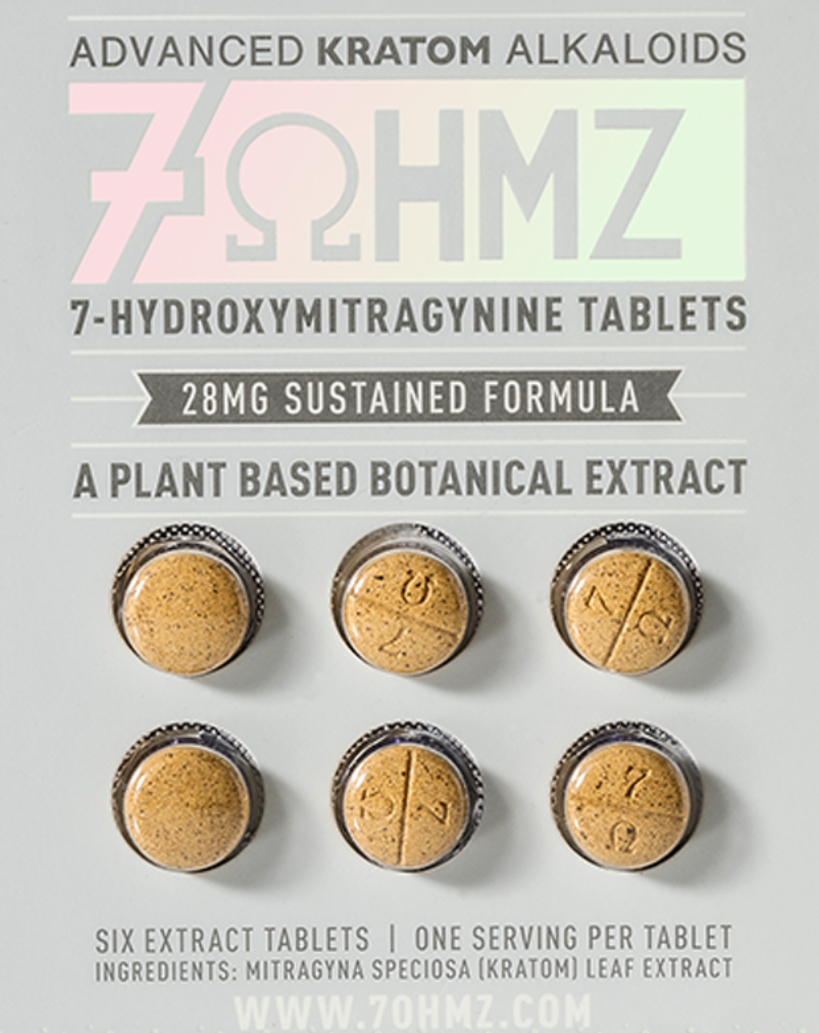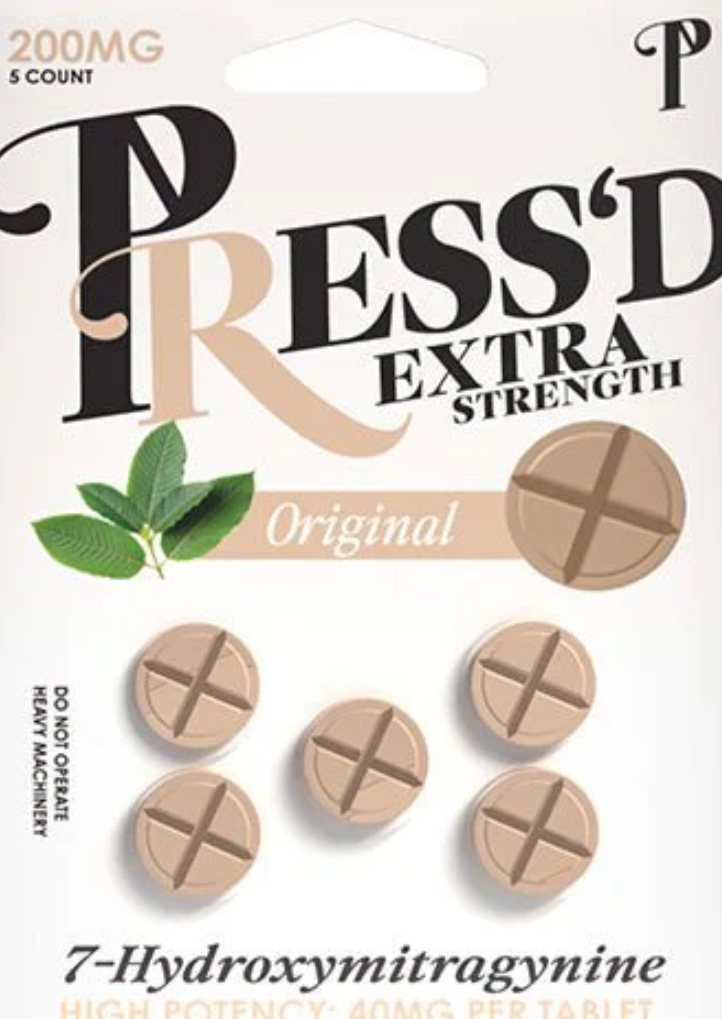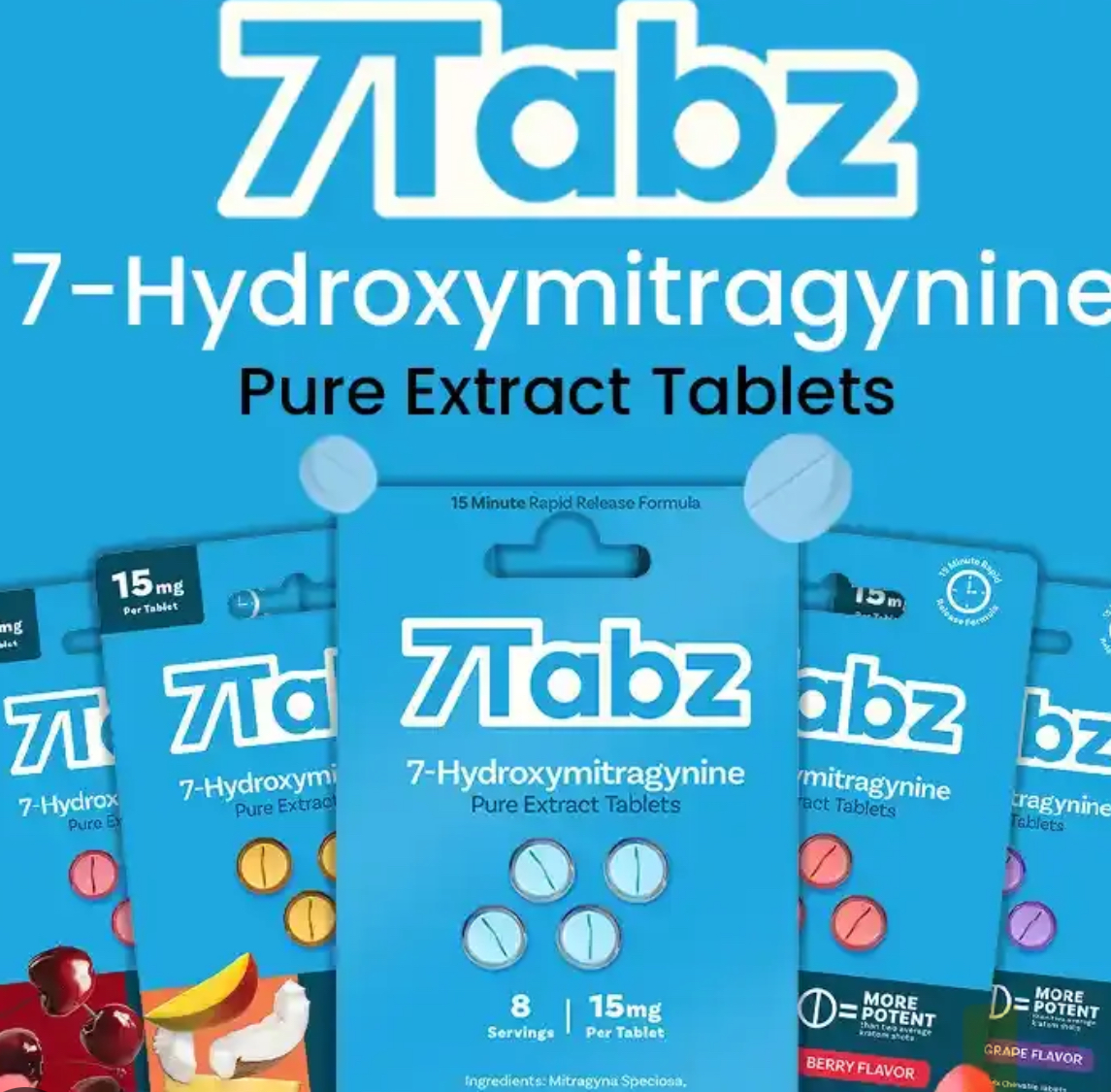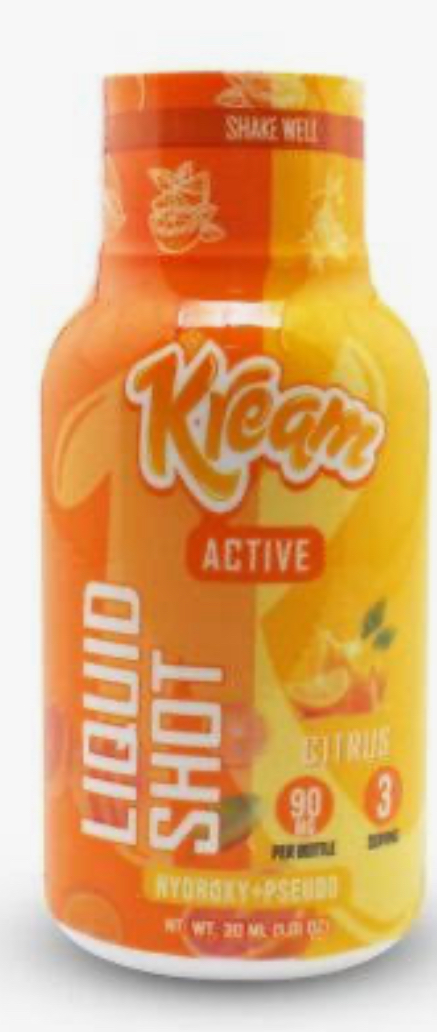7-Hydroxymitragynine (7-OH): What Parents Should Know
Your teen may be told kratom is just a “natural herb.” Inside their body, that kratom can turn into 7-hydroxymitragynine (7-OH) — a compound that locks onto the same brain receptors as prescription opioids. That means opioid-type effects, including dependence and withdrawal, are possible even when the package looks harmless.
- What 7-OH is and why it behaves like an opioid.
- How it shows up in powders, capsules, and shots sold in stores.
- Warning signs to watch for and what to do if you’re worried.
Why 7-OH Matters
Potent at opioid receptors. Lab and animal studies show 7-OH has strong μ-opioid activity and can be more potent than morphine in certain models.1,4–5
Formed in the body. Human research confirms measurable 7-OH after kratom use, consistent with metabolic conversion from mitragynine.2
Real-world harms. Poison-center cases, medical reports, and CDC data link kratom use to dependence, withdrawal, and some overdose deaths where kratom was detected.6–9
Not an approved medicine. FDA has not approved kratom or 7-OH for any use, and has raised safety and adulteration concerns.10
Parent Playbook
You don’t have to be a toxicologist to protect your kids. Start with what it looks like, what to watch for, and what to do in an emergency.
What it looks like. 7-OH is not usually sold by name; it’s inside kratom powders, capsules, shots, and gummies labeled as “energy,” “focus,” “mood,” or “relaxation.”
Warning signs. Pinpoint pupils, nausea, constipation, heavy sedation, or withdrawal (anxiety, sweating, tremor, sleeplessness) when stopping heavy use.6–8
If someone is in trouble. For extreme sleepiness, slowed breathing, or unresponsiveness, call 911 right away. For guidance in less urgent situations, call Poison Control: 1-800-222-1222.
How to talk about it. “It’s sold like a supplement, but your body turns it into a chemical that acts on the same brain receptors as opioids. I’m not here to punish you — I just don’t want you blindsided by something packaged like candy.”
What 7-OH Products Look Like on the Shelf
These photos show how 7-hydroxymitragynine (7-OH) appears in kratom tablets, capsules, and liquid shots marketed as “natural energy,” “relaxation,” or “focus.” They’re often sold beside candy, vapes, or energy drinks — creating a false sense of safety for young buyers.




Videos: What News Stations Are Warning About 7-Hydroxymitragynine (7-OH)
These verified news reports show how 7-OH products are being sold, why states are banning them, and what doctors and investigators are seeing in emergency rooms. Parents often understand the risks better after hearing it directly from medical experts and reporters covering real cases.
FOX Carolina Investigates: A deep dive into 7-OH pills and gummies disguised as fruit-flavored candy. Reporters show real products sold in convenience stores and explain why addiction specialists are seeing 7-OH users show up in opioid recovery programs.
WFTV Channel 9 (Orlando): Breaking news report explaining why Florida became the first state to ban 7-OH. The segment shows store shelves filled with 7-OH tablets and highlights concerns about severe addiction, mislabeled potency, and a growing number of ER visits.
NewsNation Morning in America: National coverage of FDA’s warning that 7-OH may fuel the next wave of the opioid crisis. Reporter Brooke Shafer shows real vape shop shelves, explains FDA concerns, and covers why concentrated 7-OH cigarettes, gummies, shots, and tablets are so dangerous — especially to teens.
Myths vs. Facts
Myth: “It’s natural, so it can’t be an opioid.”
Fact: 7-OH binds μ-opioid receptors — “natural” origin doesn’t make a drug safe.1,4–5
Myth: “It’s a safe way to manage withdrawal.”
Fact: Case reports show kratom can cause dependence and opioid-like withdrawal; no FDA-approved uses exist.6–8,10
Myth: “If it’s sold in stores, it’s regulated like medicine.”
Fact: These are not approved drugs; oversight is limited and mislabeling/adulteration occur.10
References
Every statement on this page is backed by peer-reviewed research and CDC/FDA data. These are some of the key sources:
Show scientific references (for clinicians, researchers, and policymakers)
- Kruegel AC, et al. 7-Hydroxymitragynine is an active metabolite of mitragynine. ACS Cent Sci. 2019;5(6):992–1001. link
- Huestis MA, et al. Human mitragynine & 7-OH pharmacokinetics after kratom. Molecules. 2024;29(5):984. link
- Hill R, et al. Respiratory effects & metabolism to 7-OH. Br J Pharmacol. 2022;179(14):3875–3885. link
- Matsumoto K, et al. Antinociceptive effect of 7-OH in mice. Life Sci. 2004;74(17):2143–2155. link
- Matsumoto K, et al. μ-receptor involvement in 7-OH effects. Eur J Pharmacol. 2006;549(1–3):63–70. link
- Olsen EOM, et al. Kratom detected in overdose deaths — 27 states. MMWR. 2019;68(14):326–327. link
- CDC. SUDORS Final Data Dashboard (2020–2023). link
- Gummin DD, et al. 2023 NPDS Annual Report. Clin Toxicol (Phila). 2024;62(12):e1–e1261. link
- Weiss ST, Douglas HE. Treating kratom withdrawal with buprenorphine/naloxone. J Addict Med. 2021;15(2):167–172. link
- U.S. FDA. FDA and Kratom — Public Health Focus (current). link